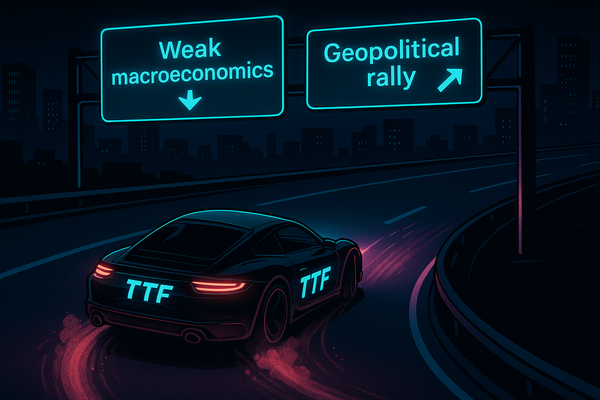The economic imperative: Recession and social injustice imperil the energy transition
The pandemic revealed the human cost of chaotic decarbonisation achieved by tanking the economy. To keep its social licence, the energy transition must decouple GDP growth from CO2 emissions






